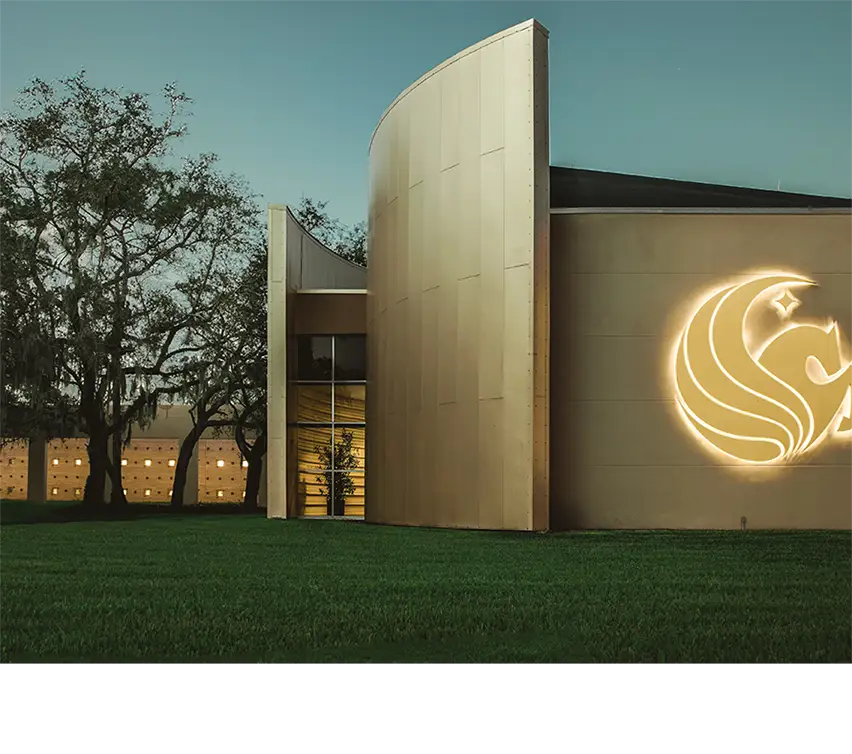How Blockchain is Revolutionizing the Financial Industry
In the grand scheme of things, blockchain is still a relatively new technology. New applications are being developed for blockchain all the time, and it’s sweeping the world, taking on anything that needs to be accessible, user-controlled, privacy-enhanced, secure, and auditable.
Things like food supplies, medical records, the voting system, and more can benefit from blockchain technology. Blockchain has the added advantage of being decentralized, with novel opportunities for self-sovereign identity and ownership.
What is Blockchain?
Blockchain was a completely new concept, built on the idea of an immutable, unalterable, decentralized system of data storage. Every activity—traditionally financial but increasingly used for other applications—is recorded as an individual ‘block’ of information. Verification and security are by design, so there is no unnecessary sharing of identifiable information across platforms of varying security.
Each of these blocks is added to a chain, and each one contains:
- Data: the piece of information the blockchain is designed for.
- A timestamp: each block has the time and date applied.
- A cryptographic hash: a unique identifier for that block.
- The previous block’s hash: a definite place along the chain containing the identifier for the previous block, as well as its own.
With every new transaction, a new block is formed, and along with this block is a copy of the chain so far, meaning that every user and every server have a copy of the chain relevant to their own transaction. This means that secured and anonymized information is stored at every point, making the chain almost impossible to alter or destroy.
In the Beginning: Bitcoin
The earliest applications of blockchain technology were in the form of cryptocurrencies, decentralized, and entirely electronic payment systems. Traditional banking uses some form of a ‘gold standard,’ i.e., the coins and notes representing value are tied to a physical commodity— traditionally, gold— to ensure stability and measurability.
In theory, there is no reason why a digital currency is any more arbitrary than a physical currency— any token representing value can be exchanged for goods and services, and the intrinsic value is dependent on transactions and trust. It’s no coincidence that bitcoin was rolled out in the wake of one of the biggest financial crises of recent times.
As a novelty, Bitcoin was heralded by some and mistrusted by others. Even now, 12 years on from the initial transaction, and despite it consistently gaining value, it is not commonly used for real-world transactions.
Voting on the Blockchain
As voting becomes more contentious than ever and open to concerns over outside influence and tampering, blockchain offers a way to mitigate those concerns. Blockchain voting can present a secure, privacy-enhanced, and auditable way of creating immutability voting records.
BitCongress offers a blockchain voting solution where online votes are cast using a peer-to-peer system that removes the need for a central voting register. West Virginia offered a blockchain solution for the 2018 midterm election. This was in the form of a mobile app supplied by Boston company, Voatz, and offered to overseas voters only. The app will not be available in the 2020 United States election.
Self-Sovereign Identity (SSI)
Digital identity needs to be secure, privacy-enhanced, portable, and user-centric. Blockchain can be used to supply all of these things. A blockchain-based verified ID profile for individuals is available now using Sovrin based on the Ethereum blockchain.
SSI is a decentralized identity. This allows any organization that requires proof of ID to verify identity information using a chain of data. This streamlines services and reduces the risk of identity theft and fraud. Self-sovereign identity offers apps and web services that carry verified identity claims that are under user control and secured using a system known as zero-knowledge proofs.
Modern Banking: Building on Bitcoin
The traditional banking systems themselves are not without problems. With bailouts and crashes, seemingly healthy institutions dissolved in the wake of banking crises over the last twenty years. It’s no surprise that people have lost faith in banks and bankers.
If traditional banks are to turn that around, they need to use a system that is absolutely secure, immutable, decentralized, and peer-led. Sound familiar?
Blockchain banking can provide a service that is instant, global, and secure. It also needs to be user-friendly and has the potential to be at least as accessible as traditional banks, call centers, and online transactions. With inbuilt verification, there will be a massive reduction in the amount of personally identifiable information traversing the web, providing a guarantee that each individual, institution, and the transaction is verified. Every transaction will be auditable in an instant, reducing the potential for abuse and fraud.
Transparency, an important aspect of banking that came out of the 2008 crash, will become the norm, not only within the institutions themselves but for the transactions of large organizations and individuals. There will be no more offshore banking and tax evasion; everyone can have the same abilities, restrictions, and potential.
The Future of Blockchain and Finance
The trouble with using the strength of blockchain to rebuild faith in the banking system is that it is not widely understood by the general public—those who have lost their faith in the system. As always, education is the key to public engagement. Blockchain technologists and financial institutions have a new challenge: to promote public understanding of this relatively new technology and why it is at least as trustworthy as any other form of financial interaction.
Now is an exciting time to carry-out research into applications that use blockchain. The technology innovations that blockchain can offer are only held back by your imagination. The University of Central Florida Cyber Defense Professional Certificate is creating innovative ideas as well as facilitating the professional development of the next generation of technologists and innovators.
Regardless of how you choose to approach securing your data, we invite you to visit CISA.gov to learn more about Cybersecurity Awareness and access their library of resources to help you #BeCyberSmart.
